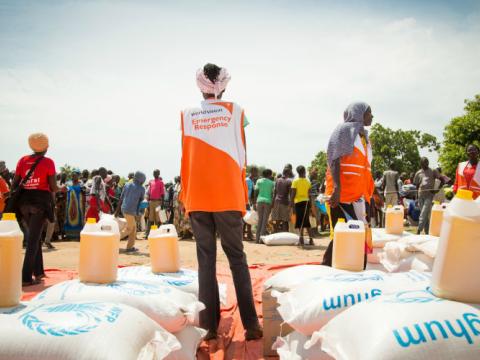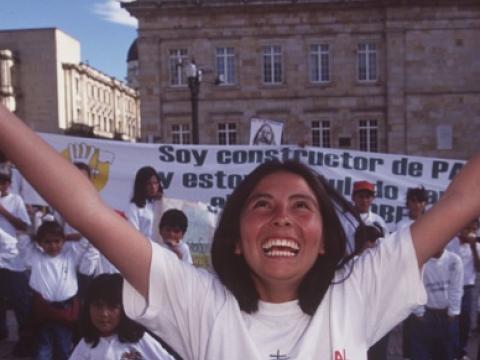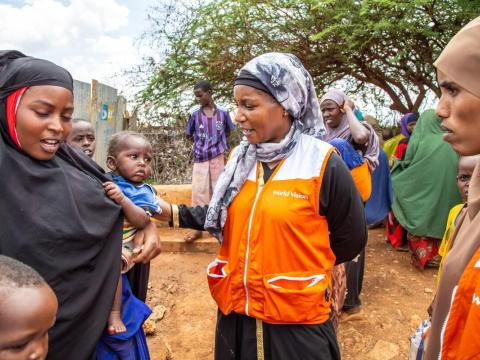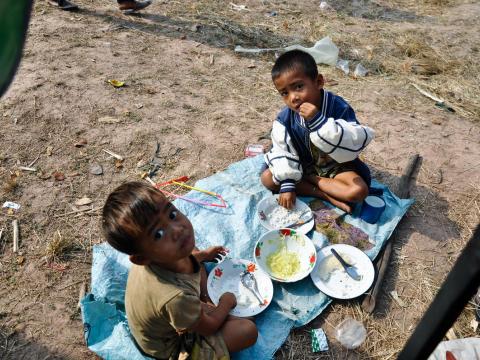
Displacement due to conflict and violence is taking its toll on Asia's children
Child Protection and Safeguarding Advisor, Amy, spotlights the threats to displaced children and shares some approaches to protecting them and helping them to flourish.
4 February 2024
In Southeast Asia, a region celebrated for its cultural diversity and economic dynamism, a silent crisis is unfolding beneath the surface – one that has left countless children in its wake, displaced and dispossessed by conflict. Displacement, exacerbated by escalating conflicts and violence, has cast a dark shadow over the innocence of children, leaving them to grapple with the immediate and lasting consequences of brutality.
Earlier this year, UNHCR reported that the number of forcibly displaced people increased to 108 million in 2022 and is expected to reach 117 million by the end of 2023.2 Based on data from migration and refugee organisations, conflict and violence have been identified as the primary causes of displacement. These are grim statistics, indeed, but there is hope. World Vision and other humanitarian organisations are hard at work implementing assistance programmes and supporting those most affected by providing basic necessities.
In recent years, the region has witnessed a disturbing surge in internal displacement due to conflicts, political unrest, and ethnic tensions. From the jungles of Myanmar, to the urban landscapes of the Philippines, millions of people, including a disproportionate number of children, find themselves uprooted from their homes and their dreams eclipsed by the harsh reality of displacement. It is the stories of the most vulnerable, the children, that underscore the true cost. Their lives, once characterised by the simple joys of childhood, are now overshadowed by the trauma of displacement and the scars left by the brutality of conflict.
Children, as the most defenceless members of society, suffer acutely in times of conflict and displacement. The disruption of their lives, the loss of stability, and the exposure to violence take an immeasurable toll on their physical and mental well-being. Displacement often means a disruption in education, robbing these children of the opportunity to learn and grow. For many, the familiar routine of school becomes a distant memory as the pursuit of knowledge is replaced by the struggle for survival.
The scars left by conflict are not only physical but also deeply psychological. Children exposed to violence and displacement are at a heightened risk of experiencing trauma, anxiety, and depression. The seeds of future societal challenges are sown when a generation is denied the chance to develop the skills and resilience needed to contribute positively to their communities.
In this region, the crisis in Myanmar stands out as a glaring example of the devastating impact of conflict-induced displacement on children. According to UN estimates, more than 1.1 million people have been internally displaced inside Myanmar, and since 2021 it is estimated that at least 72,000 have fled outside of Myanmar, where they join pre-existing refugee and migrant populations, including more than 1 million Rohingya refugees in Bangladesh. Forced to flee their homes in the face of violence and persecution, Rohingya children are left stranded in overcrowded refugee camps, haunted by memories of the violence that forced them from their homes.
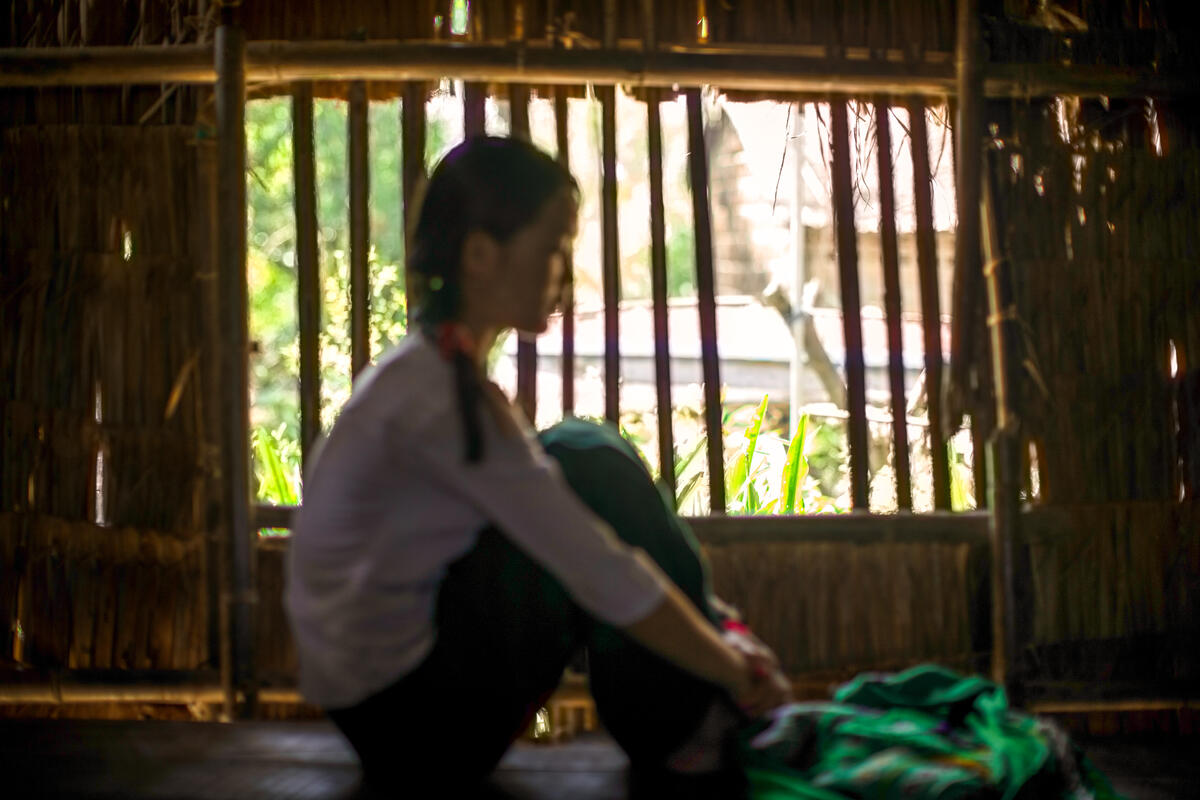 Our approach
Our approach
At World Vision we provide essential aid, help vulnerable communities protect their children from violence, support parents whose children are suffering emotional distress and mental harm and provide safe places where communities can get help. We specifically work with communities to identify the root causes of violence that lead to abuse, exploitation, trafficking, and other forms of violence against children. By empowering key actors to work together to create a protective environment, we are able to strengthen the child protection system at all levels.
Empowering children to protect themselves
One of World Vison’s leading interventions in this area is the Smart Navigator Toolkit, which was designed to enable the most vulnerable young people to develop key life skills, including critical thinking, decision making, effective communication and negotiation, self-management and life-goal planning. As a former Prevention Project Manager of the End Trafficking in Persons program I saw how this toolkit shaped young people’s lives so that they could protect themselves and their communities from unsafe situations before, during or after migration.
In fact, in a research study World Vision found that migrant children’s/youths’ self-protective attitudes and behaviours increased substantially after joining children’s clubs and adopting safe migration practices. At the same time, there was a decrease in the proportion of children/youth considered at high risk of trafficking within East Asia, which pointed to an increased knowledge and awareness of safe migration both of young people and of mothers.
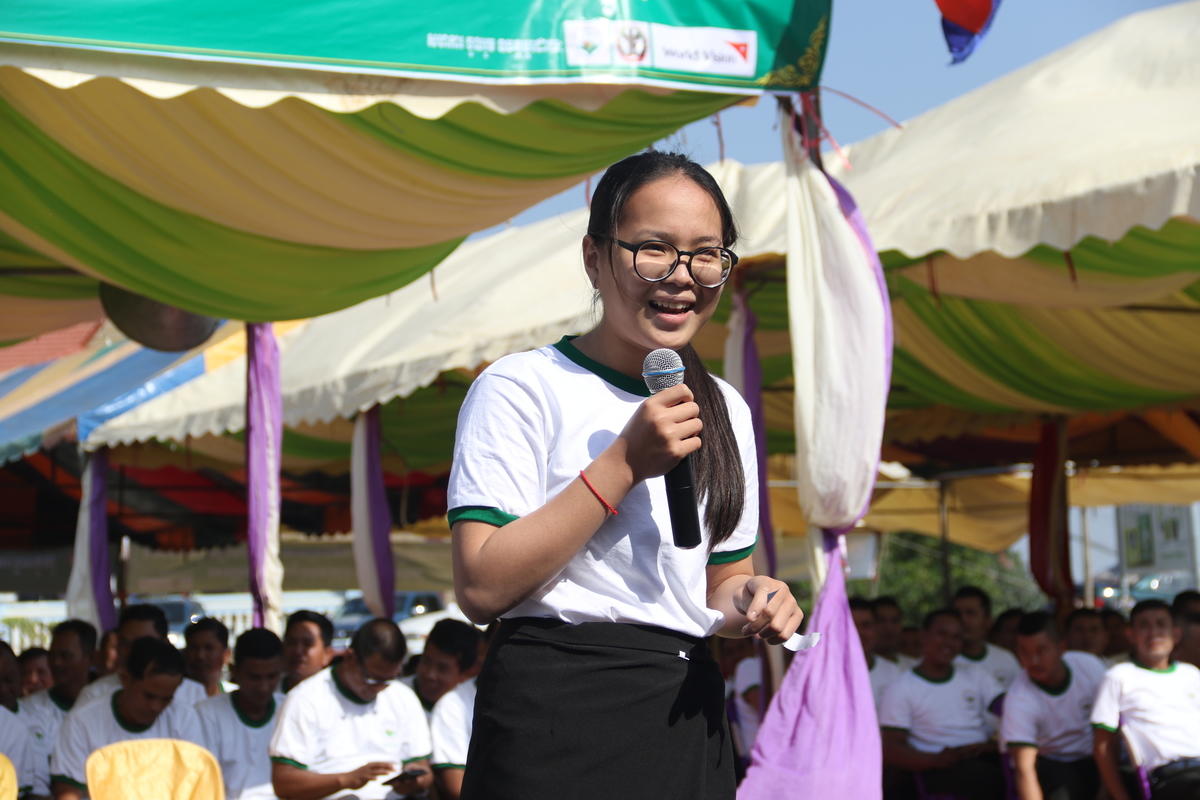
Inspiring community involvement
We believe that local communities, too, play a crucial role in mitigating the impact of violence on children. Providing safe spaces, both physically and emotionally, is essential for their recovery. Community-based initiatives can offer psychosocial support, helping children process the trauma they have endured and fostering resilience.
Another intervention used by World Vision is Peace Road, which is a life skills intervention aimed at helping adolescents to protect themselves and their peers, treat others with respect, be active citizens and collectively act to improve their communities. Peace Road is grounded in positive youth development and assets building, helping young people to thrive, promote peace and contribute to their communities. In particular, Peace Road builds the capacity local partners and volunteer facilitators to work with children in an informal setting, supported by parents and other adults in the community.
As we confront these crises, it is clear that the well-being of these displaced children is not only a regional concern but a shared responsibility that transcends borders. World Vision staff at all levels understand that safe migration should be considered from a rights-based perspective and believe that children have a right to move. But in order to do that, safe migration means children are protected and can access their rights and not exposed to external risks.
Amy Louise Collins is the East Asia Regional Child Protection and Safeguarding Advisor for World Vision.
